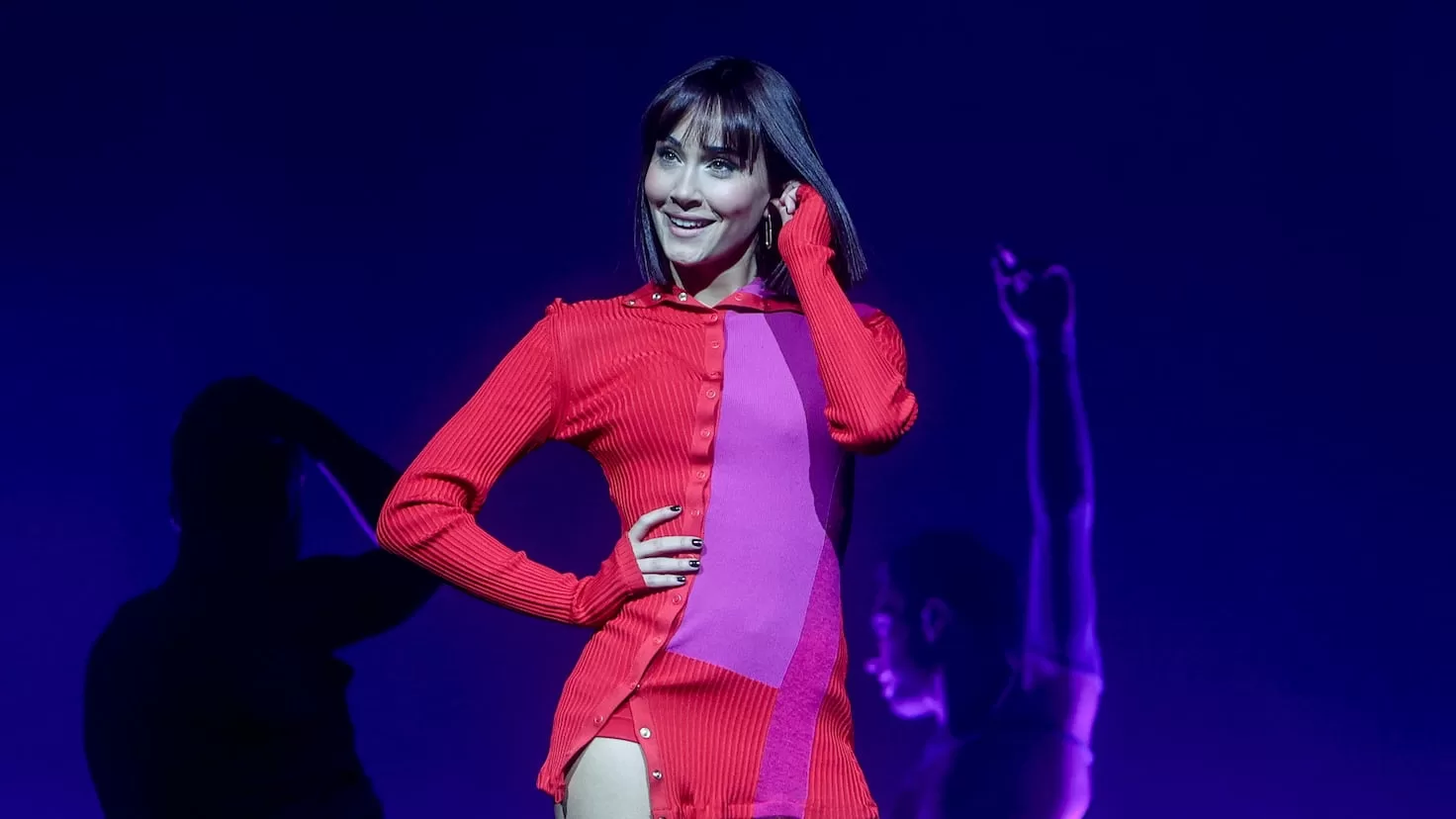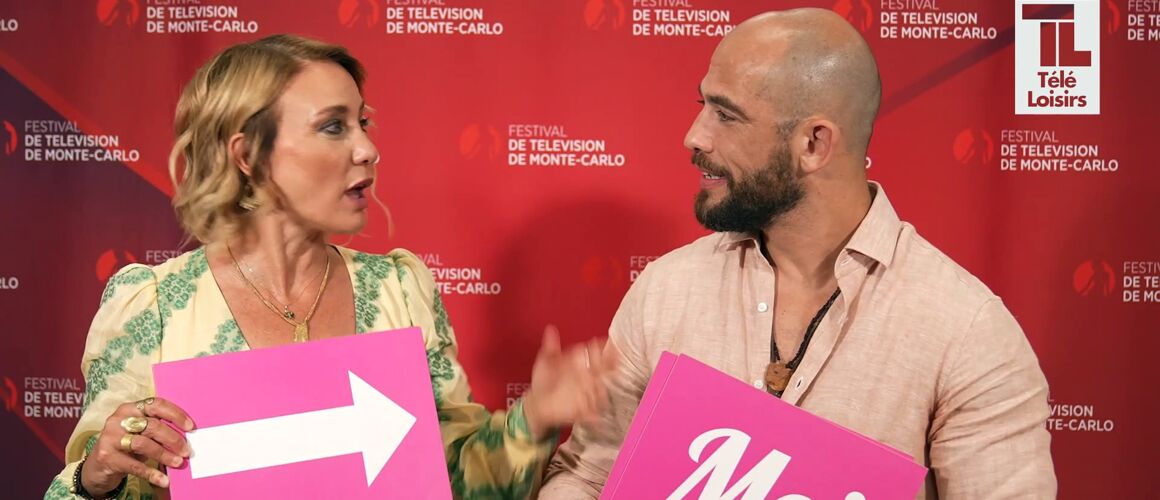Inclusive fashion makes patterns and labels tangible and eliminates rigid cuts. Innovative designers create pieces that are thought through from start to finish.
Trier/Mannheim – Low-cut jeans may be comfortable when strolling. But if you sit down with them, you may quickly notice that there is a lot of skin sticking out at the back. If you sit for a long time, rivets and pockets may pinch you. And how well does a trench coat actually fit if you don’t wear it standing up?
Examples that show one thing: Not every piece of clothing always fits. But above all: Not every piece covers the needs of all people equally. People who spend most of their time sitting, for example in a wheelchair, have different demands on clothing than people who usually walk.
Fashion that responds to these different needs is called adaptive fashion. “Adaptive fashion does not exclude anyone and is developed on an equal footing with people with disabilities,” explains Anna Flemmer, fashion design expert for inclusion.
Higher-waisted pants, shorter coats
According to the designer, inclusive fashion should be “easy and intuitive” and “oriented towards the needs of the target group”. Classic wheelchair pants, for example, are cut higher at the back and have longer legs.
But while the market for adaptive fashion is growing, it can be a challenge to find well-fitting pieces that also suit one’s taste. Anna Franken, who has a neuromuscular disease and uses a wheelchair, was particularly bothered by the monotony of wheelchair fashion. She is a fashion designer and founder of the adaptive fashion label Wundersee Fashion, which designs garments in wheelchair-friendly cuts.

“I looked at what I need in everyday life, especially to be able to put on and take off the fashion better,” says Franken. A trench coat, for example, can also be adjusted accordingly.
In the Wundersee Fashion collection, this is long at the front but short at the back, “so that you can easily put the coat on and take it off when you’re in a wheelchair,” explains Franken. In addition, their model closes with magnetic fasteners and has shorter sleeves so that they do not get in the way when you push a wheelchair yourself or get dirty quickly.
Franken, which is a member of the Association of German Fashion and Textile Designers (VDMD), and is a member of the Council of the German Design Day and the Technical Committee for Inclusion of the German Cultural Council, designed with the help of online surveys. There are tricks that cover many needs, she says. For example, there shouldn’t be any seams or pockets on the underside, otherwise they could lead to pressure sores. Other things, on the other hand, are individual, such as the sleeve length.
Braille labels
And adaptive fashion isn’t just about the functionality of each piece. Participation in fashion is also an important aspect. Some people with disabilities would not express any special needs at all and would rather buy conventional fashion, Anna Flemmer knows from years of exchange with people with disabilities and work with focus groups. It would be helpful if shops were equipped with a guidance system for the blind or if online shops were barrier-free.

Flemmer herself designs “fashion for everyone, but with a focus on the visually impaired,” as she says. Such pieces can be turned around. They “have no front and back,” according to Flemmer. Useful, for example, when it is difficult to distinguish between the right and wrong side of the fabric. It is also important to present care instructions and sizes in a barrier-free manner, for example on cork labels in Braille or with QR codes for reading aloud.
Flemmer and her team are also working on making patterns in the form of reliefs tangible, for example for people who are blind from birth. And she sees a development: “It’s not as difficult to find cool parts as it was a few years ago.”
Stretchy fabric and large pockets
Sometimes even small details make a difference – zips, for example, that are deliberately placed in a different place or side slits. And when tops are cropped and only hit the waist, it can be as convenient for people who sit in the office for long hours as it is for people who use a wheelchair.
In the collection of the designer Claire Common there are elements that only have a function at second or third glance. One pair of pants has sewn-on pockets at knee height. This can be useful for people who are in wheelchairs. A hoodie dress also has large pockets. The dress is knitted from a stretchy fabric, “but it will gather back up and hold its shape,” explains Common. “It’s both inclusive and adaptive because it’s easy to get on board.”

But she also knows the limits of her fashion for people with more severe disabilities. “I actively decided against it because I wanted to show that fashion can be inclusive without much extra effort,” says Common. dpa




